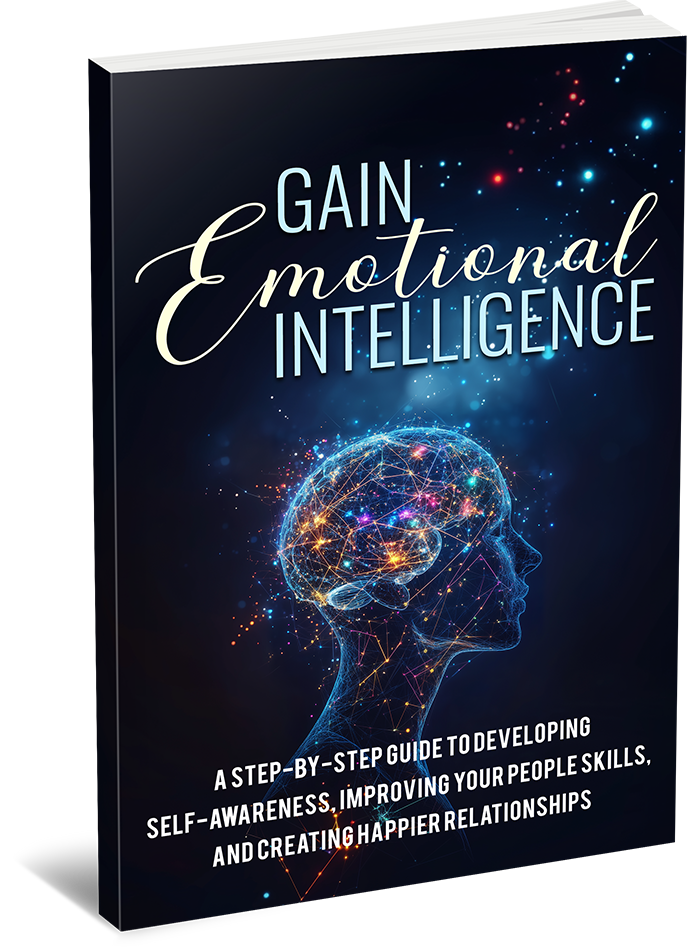What is LED
Lighting?
LED stands for
light-emitting diodes. These diodes emit lower levels of light than traditional
fluorescent or incandescent light bulbs, so several diodes are grouped together
within a bulb to create a bright light. The light emitted from the diodes is also
very pinpointed, so LED light bulbs use angled mirrors to refract light in
different directions.
What are the Benefits?
LED lighting uses less energy, and therefore saves money on the electricity bill whilst providing a 'greener' source of light.
LED lighting uses less energy, and therefore saves money on the electricity bill whilst providing a 'greener' source of light.
LED light bulbs
usually have a lifespan of 25 years and provide around 30,000 hours of light;
much longer than other types of 'energy-efficient' bulbs. Flourescent bulbs,
for example, last an average of 5 years. This is particularly relevant for
large buildings and businesses, for example warehouses with high and inaccessible
ceilings, where replacing bulbs is both time-consuming and costly.
How About Drawbacks?
LED bulbs are
more expensive to buy than other types of bulbs, so the initial outlay for
homes or businesses switching to LED lighting is higher. This can be
off-putting, but reductions in energy bills are immediate, and soon cover the
purchase price. It is estimated that most businesses switching to LED would
cover the costs of their initial investment within 2 years, with those same
bulbs continuing to save the business money for another 20+ years.


No comments:
Post a Comment